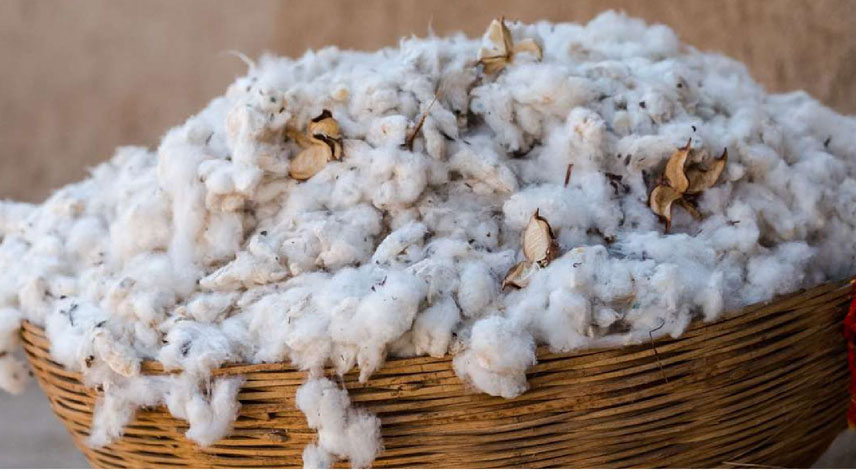Lamesa, Texas – Organic cotton production grew by 56% worldwide last year, according to the Textile Exchange’s 2019 Organic Cotton Market Report.
The latest figures show global production of organic cotton reached 180,971 metric tons for 2017/2018—the highest volume recorded since 2009/2010. Organic cotton makes up 0.7% of the total cotton production worldwide and involves more than 182,000 farmers.
The number of facilities certified to voluntary organic standard also rose, with facilities certified to the Global Organic Textile Standard up 15% and those following the Textile Exchange’s Organic Content Standard up 16%.
While 19 countries now boast organic cotton production, 98% is concentrated in seven countries: India, 47%; China, 21%; Kyrgyzstan, 12%; Turkey, 6%, Tajikistan, 5% and the United States and Tanzania coming in with 3% each. India, Tanzania, Turkey, Kyrgyzstan and China led the way in transitioning land to organic. About 44% of the growth in India’s production is attributed to its increase in the proportion of certified land used to grow cotton, which increased to 70% from 45%.
The report noted that one of the biggest obstacles for organic farmers remains access to cotton seed that hasn’t be genetically modified, especially in India and China. Organic cotton is also seen as a component in addressing global climate change.
“Organic cotton, alongside other organic land-based fibers, must be part of the future,” said Liesl Truscott, director of European and materials strategy at Textile Exchange. “Organic cotton farmers, organizations, companies and other supporters…provide a guiding light. We…are committed to leveraging organic cotton as a market-driven solution to industry transformation and meeting the global goals.”
“Organic cotton is the tip of the spear that has been driving change within the sector,” added La Rhea Pepper, managing director. “It establishes a direction of travel for all of us, starting with regenerative soil practices.”
The Textile Exchange, a global nonprofit, is the only organization to collect and report on global organic cotton production data.


